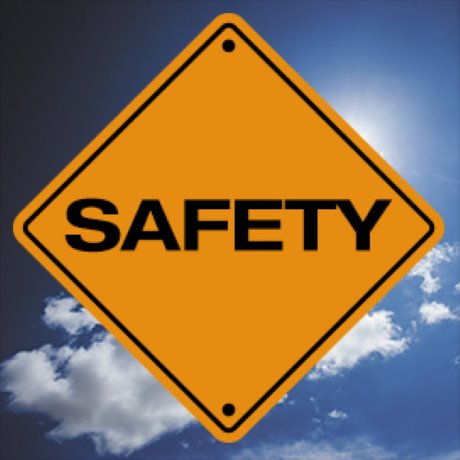Workers new to the trades industries — especially those without a background in them — often face challenges and barriers that may not occur in other jobs. The learning curve for safety regulations alone can be daunting, never mind the educational, physical, and technical rigors found in most trade careers.
However, with the right training, resources, and employer support, workers new to the trades can become not only proficient in their fields, but successful leaders in their industries.
The students in the Women in Trades Training (WITT) Program at Okanagan College — mentored by journeyperson carpenter and WorkSafeBC prevention officer, Mary-Jaye Salmon, and journeyperson cabinet maker and WorkSafeBC prevention officer Lindy Monahan — are tackling the unique challenges of women entering a career in trades and building a culture of health and safety along their way.
Taking Down Barriers
Single parenthood, the high cost of childcare, and lower paying jobs in retail and service sectors that often include shift work and irregular hours — a more common career path for women — are all issues that can make the career shift into trades a challenging one for them.
Purchasing the necessary equipment or even attending the required training programs can be impeded by these job demands. While these are all challenges likely to impact their chances of starting a career in the trade industries; the support and advice from the program’s mentors — including Mary-Jaye and Lindy — go a long way to helping students navigate a new and unknown career path.
"For these students, working with mentors who’ve not only gone through similar challenges, but who have come through as leaders in their fields is a great resource; it shows them that success is possible," says Lindy.
She adds, "Many of us worked in the trades before there were resources like financial assistance, and mentor support available, so students are confident about coming to us with questions or concerns about the industry or the specific jobsite they’re on."
These queries also include workplace safety, something both mentors say remains a key focus for students even when they’ve moved beyond education into jobs in the field.
Safety is the Cornerstone of Every Job
"When they first come to us, many of these women are starting from square one learning about these trades and their safety requirements," says Mary-Jaye.
"Situational awareness, machine safety, PPE, it’s all brand new." The good news, she adds, is that to these workers, "Safety becomes an automatic part of every job; it’s not simply another chore to be checked off a list."
Lindy, who often sees former students on jobsites, couldn’t agree more.
"It’s great to see students get involved in trades. I’ll be visiting a site and they’re happy to point out that they’re in compliance with the safety requirements. Or if something is unsafe on the worksite, they’ll ask my opinion on how to best address it. There’s such conscientiousness about safety, it’s great for them, great for their employers, and it helps everyone on the job stay safe."
Having been mentored by women in trades who are also occupational health and safety professionals, these new workers — whether they’re painters, welders, carpenters, air craft, or mechanics— are all paving the way for future workers and building a culture of safety in every industry they join. A large part of that comes from the lasting impression of their mentors who, in turn, credit the hard work and tenacity of the students.
"They are the agents of change," says Lindy, "they’re going out there, all I’m doing is sowing the seed and they make it come to fruition."
WorkSafeBC has a variety of resources and information on young and new worker safety; find them at www.worksafebc.com/health-safety.
To learn more about the WITT program at Okanagan College and WorkSafeBC’s role, see our Women in trades video at www.youtube/worksafebc










Recent Comments
comments for this post are closed